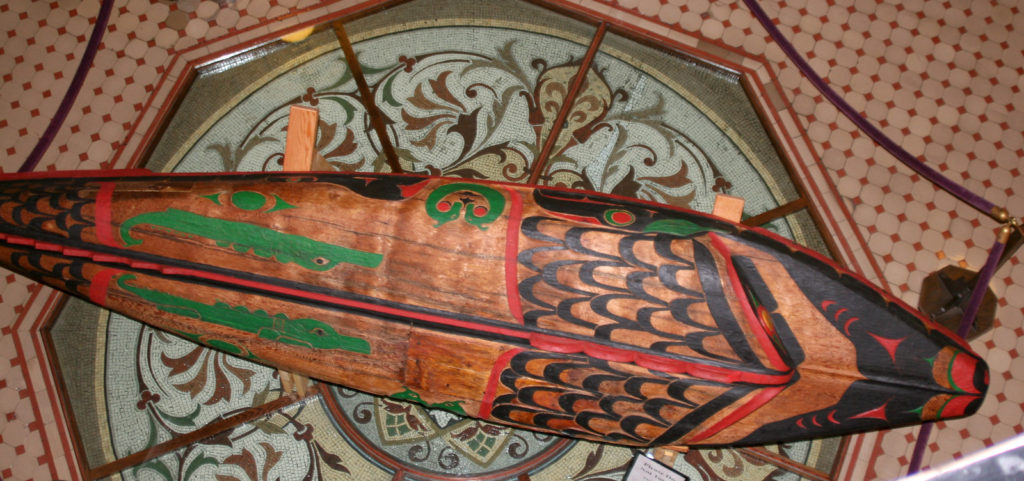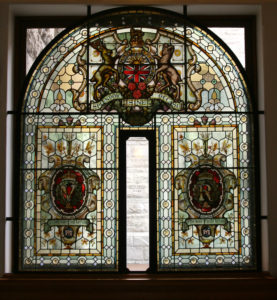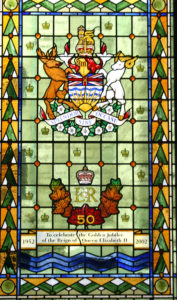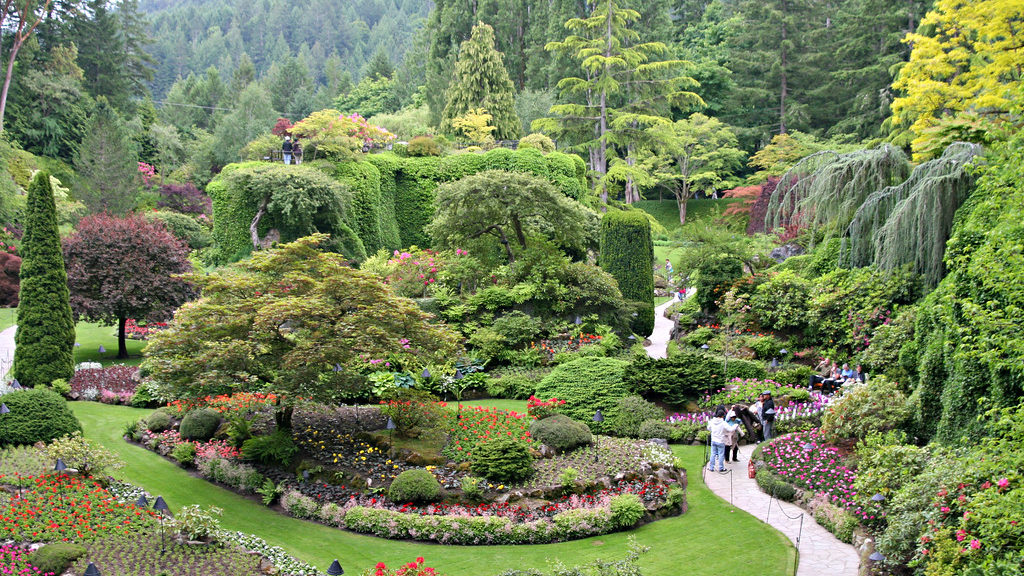
Vancouver, Butchart Gardens and the British Columbia Parliament
When our cruise ended, we debarked in Vancouver. On our first day there, we took a “hop on – hop off” bus to see some of the sites. The first picture below is of Canada Place which is located on the waterfront in Vancouver. It is owned by the Vancouver Fraser Port Authority and is the site of educational exhibits, traditional Canadian experiences and special celebrations. It served as the Canada Pavilion for Expo 86, the year Canada Place opened.
The 2010 Winter Olympics were held in Vancouver. The second picture below is of the Olympic cauldron. It is actually one of two – there was one that was lit indoors. The one pictured is the permanent outdoor cauldron which sits on the waterfront.
We also took a walk through Stanley Park in Vancouver. Two of the pictures we took were of the seawall and an inuksuk. An inuksuk is a stone landmark used by the Inuit and others in the Arctic as a communication tool. It could indicate such things as what direction to go or where food is stored.
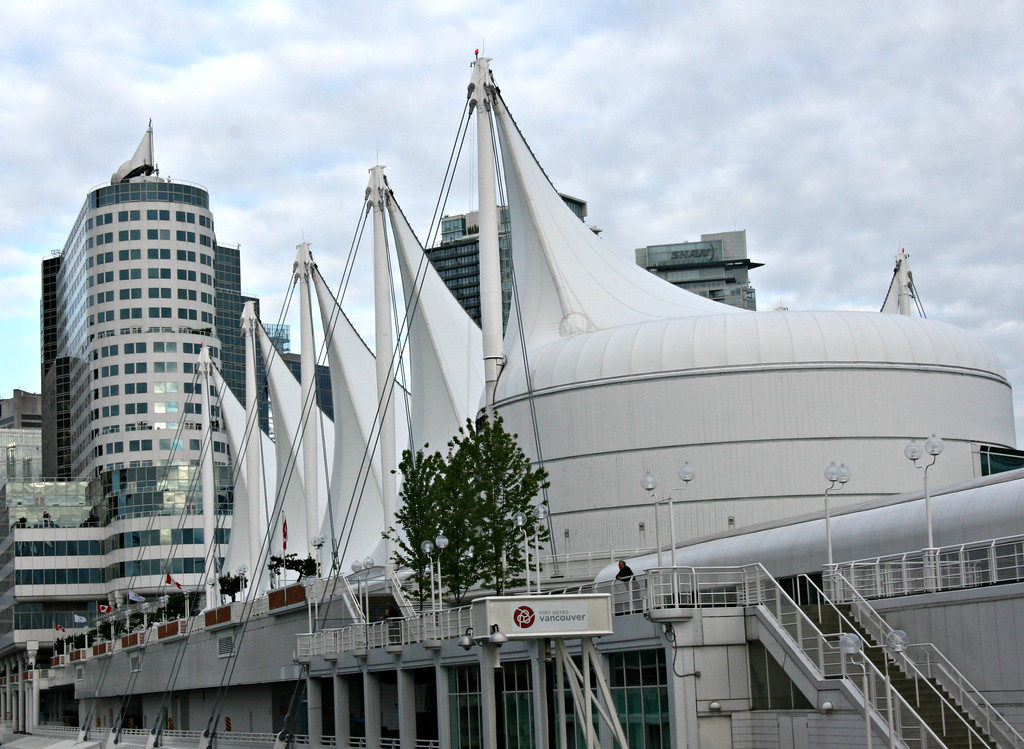

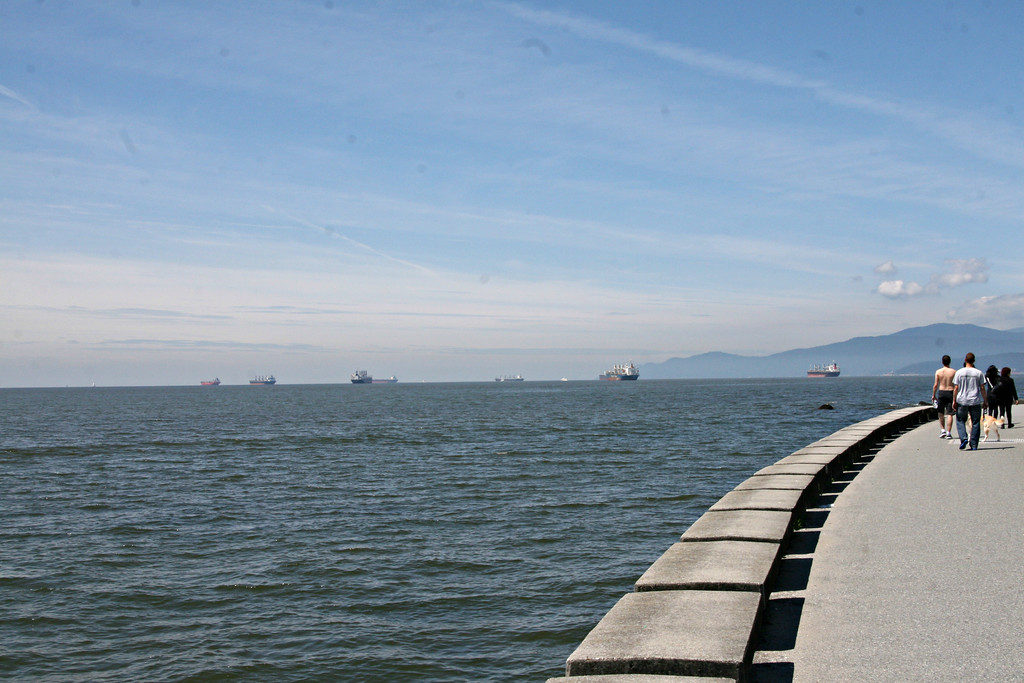

The next day we took an excursion arranged through Princess Cruises to Butchart Gardens. Our bus boarded a ferry to Vancouver Island and then the bus took us to the gardens where we had some time to explore on our own. Butchart Gardens is actually family-owned. It is currently owned and managed by the granddaughter of Robert Pim and Jennie Butchart. Jennie Butchart was largely responsible for the development of the gardens. The first garden she commissioned (in 1906) was the Japanese Garden. These are some pictures of the Japanese Garden as seen when we visited. The last picture is the Three Sturgeons Fountain.
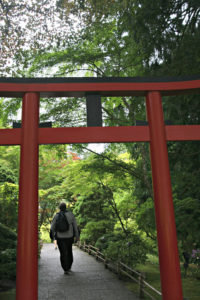

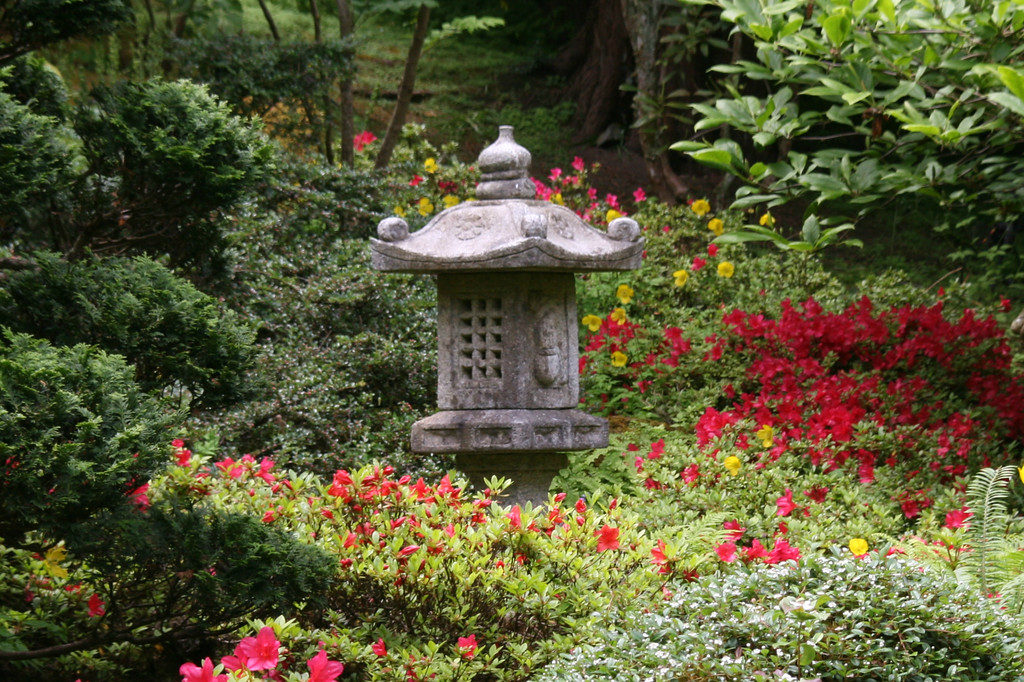
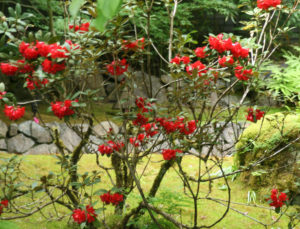

Jennie Butchart’s husband had manufactured cement which involved extracting limestone from a quarry. When there was no more limestone to be extracted, she turned the quarry into the Sunken Gardens. It was completed in 1921. We did not have time to visit all of Butchart Gardens, but of the gardens we saw, I thought the Sunken Gardens was the most beautiful.
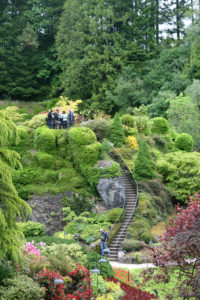
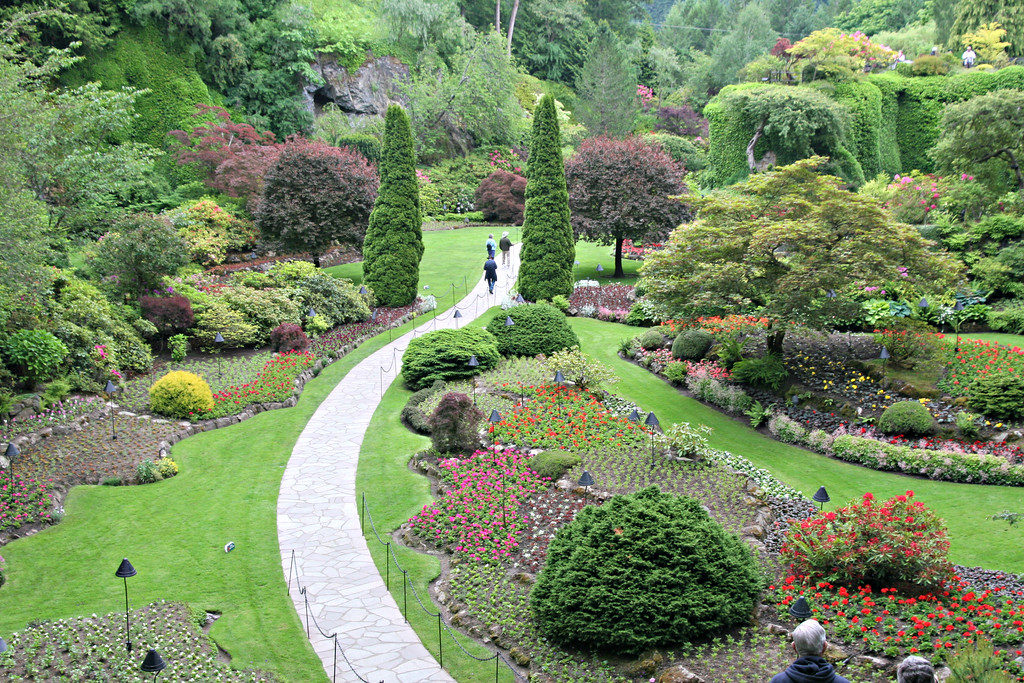
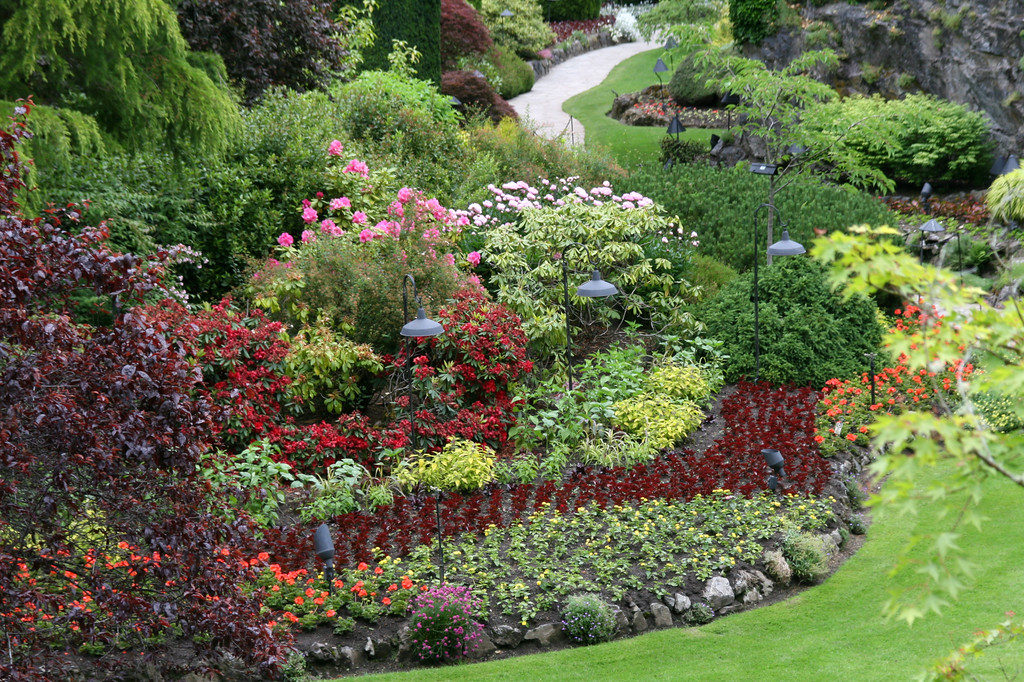
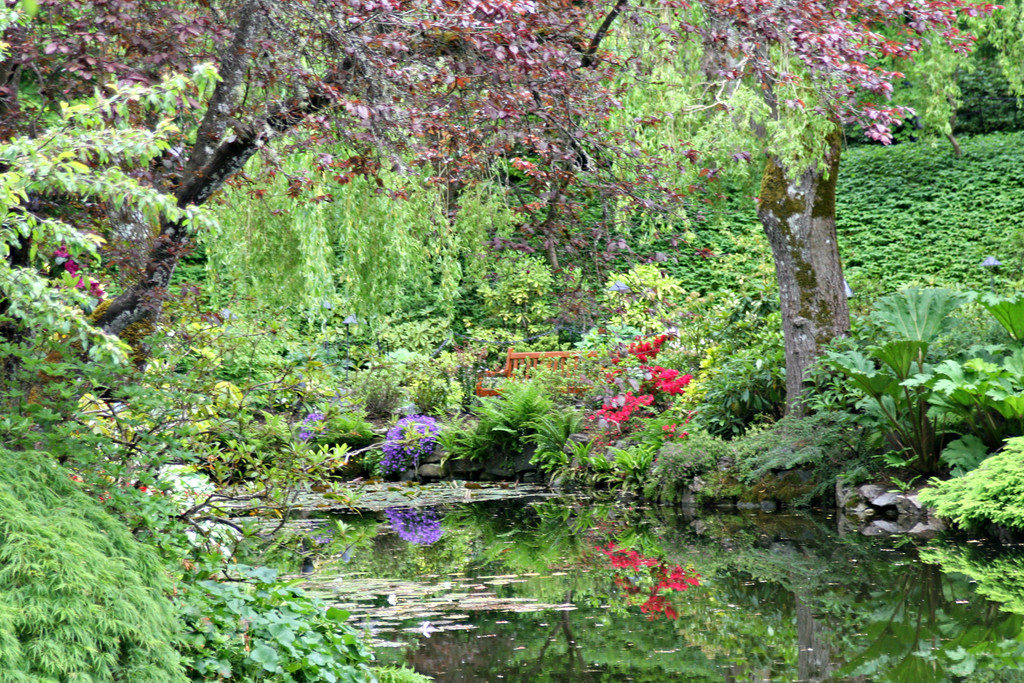
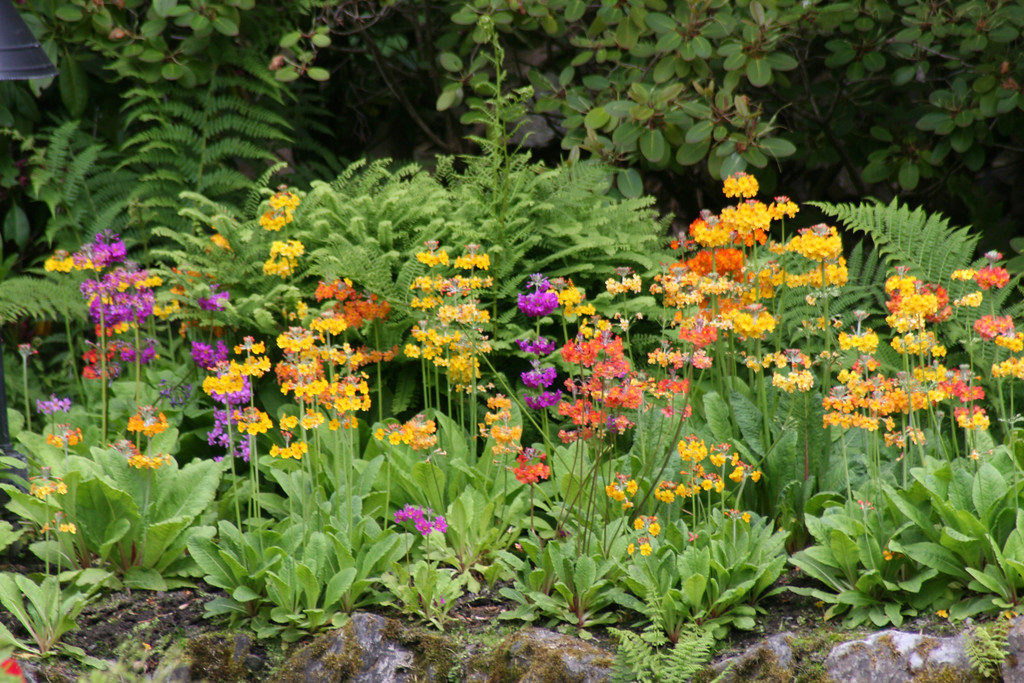
In 1929, the Butchart’s family vegetable garden was transformed into a rose garden. The first picture is an entrance to the rose garden. There were literally hundreds of roses. Two of them are pictured below. The first rose is from a plant that came from New Zealand in 1993. The second one (yellow) is from a plant that was added to the garden in 1963. It is from Northern Ireland. The next picture is of flowers in the show garden. Finally, there is a totem pole carved by a master carver from the Tsawout First Nation. It was dedicated in 2004, the 100th anniversary of Butchart Gardens. The totem pole is titled, “Eagle with Salmon, Orca and Bear with Salmon.”




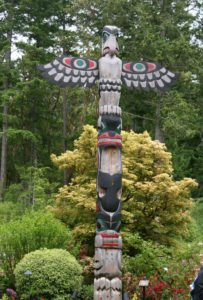
We also visited the British Columbia Parliament which is located in Victoria on Vancouver Island. There is a picture of the exterior of the Parliament Buildings followed by pictures of the Legislative Chamber. The first picture of the Legislative Chamber depicts the Speaker’s Chair (which is raised and toward the back of the picture) and the Clerk’s Desk. The Clerk and assistants sit at the desk. The Clerk advises the Speaker and Members on parliamentary procedures. The third picture depicts the Members’ desks. The government (majority) sits to the Speaker’s right and the opposition sits to the Speaker’s left. The history regarding the distance between the two sides is interesting.
In most parliaments, including British Columbia’s, the desks of the government and opposition members are spaced two sword lengths apart. Historically, this was to ensure that no harm could be inflicted upon a member during a heated debate in the House. In modern times, weapons are no longer permitted in the House, but the two-sword-length spacing tradition continues. (Source: http://www2.leg.bc.ca/_media/flash/Place.pdf)

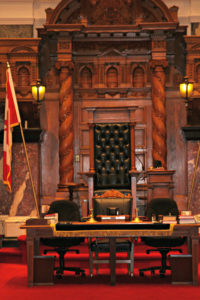

We also saw the canoe pictured below on display in the Parliament Building. It was a gift to the people of British Columbia by Lieutenant Governor Steven L. Point. The canoe, named Shxwititostel, was carved from a log that the Lieutenant Governor found. It had tapered ends suggesting someone had started carving it years ago. The Lieutenant Governor had it moved to his home where he and Chief Tony Hunt, a master carver, carved and painted the canoe over the next 13 months. In a letter to the people of British Columbia, Lieutenant Governor Point wrote, “Shxwtitostel is a gift to all peoples in British Columbia as a symbol of my belief that we need to create a better understanding amongst all people that we are in the same canoe. No matter where you are from, we all need to paddle together.”
The last three pictures are some of the many stained glass windows in the Parliament Buildings. The first of these pictures are windows in a stairwell. The next is considered one of the most beautiful windows in the Parliament Buildings. It dates back to 1897. Entitled the Diamond Jubilee Window, it honors the 60th year of the reign of Queen Victoria. The last picture was the newest stained glass window when we visited and dates back to 2002. It is entitled the Golden Jubilee Window and celebrates the 50th year of the reign of Queen Elizabeth II. The “R” in the window stands for regina, which is Latin for queen. The “E” stands for Elizabeth and the “50” for the Queen’s 50-year reign.
